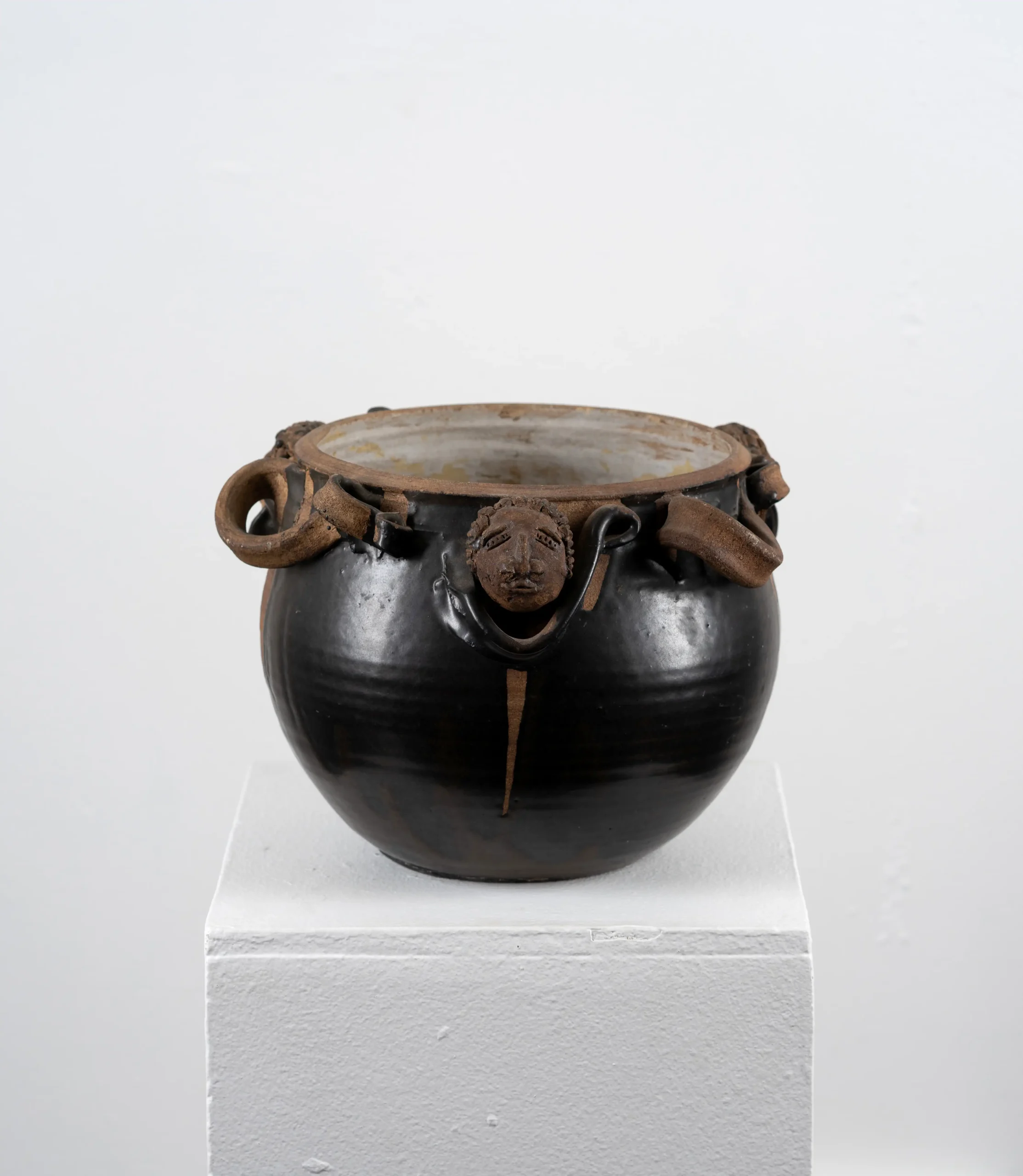ReSOURCE
Artists

Eselean Henderson
Eselean Henderson (1917-2004) was born in Ruston, Louisiana and moved to Chicago as a child with her family. Following the death of both parents, the children were raised by her mother’s youngest sister. She graduated from Lindblom High School and in 1941 earned a bachelor’s degree in physical education from George Williams College, where she also studied sculpture and drawing. Henderson served as an educator in Chicago Public Schools for 10 years and taught at Doolittle Elementary before teaching at Phillips, DuSable, and Farragut High Schools. After retiring from teaching, Henderson returned to the study of ceramics at the School of the Art Institute of Chicago and went on to have a nearly 40-year career, exhibiting her work nationally in museums and galleries. Her sustained commitment to education and creativity for underserved youth brought her to Urban Gateways, where she worked for 8 years (1977-1985), the Field Museum, where she worked as a docent for 8 years, and the West Suburban Artists Guild and the South Side Community Art Center where she also taught classes. Her stoneware pottery has been exhibited at the Art Institute of Chicago, The DuSable Black History Museum and Education Center, and the State Museum in Springfield, Illinois. Referred to as the “Clay Lady” by her students and colleagues, Henderson was devoted to exposing Black communities to the art of clay and the endless possibilities that could be realized through pottery.



